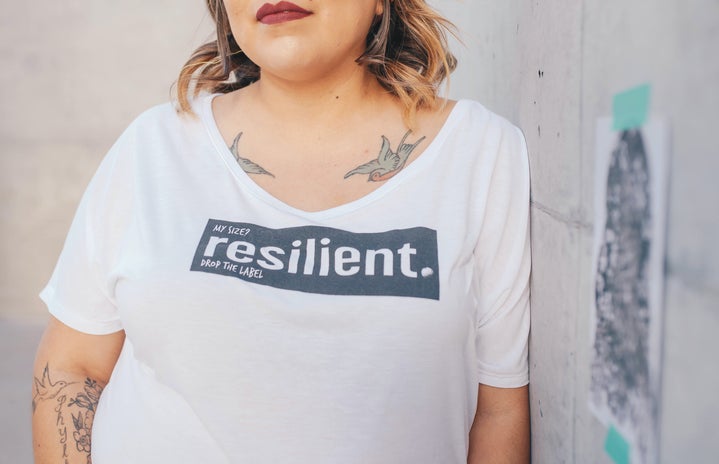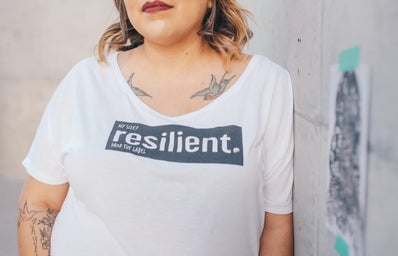For the last 60 years, Barbie has been an icon of femininity and beauty, with her long legs, perfect hair and sculpted features acting as a standard for each of us to strive for, even if it’s an unrealistic one. However, Mattel Inc. (the manufacturers of Barbie) have worked to shake that reputation and turn their Barbie dolls into vessels for children to see their limitless potential in, not a reminder of their shortcomings.
Related: It’s (Not) A Barbie World
In 2016, Barbie gave their classic doll a new look, adding new sizes, hair colors and textures, skin colors, and facial features in an effort to better represent the full spectrum of ‘Barbie girls.’ However, for the company, this was just the beginning. As part of their 60th birthday celebration, Barbie launched the ‘Dream Gap Project’ to take their efforts from the dolls to the girls themselves. On their website, the Dream Gap is described as the fact that young girls develop self-limiting ideals and begin to forget that their gender can do anything, “children pick up on cultural stereotypes that women aren’t as smart as men,” and these ideas are often perpetuated by the media and the adults in their lives. These ideas snowball into a much larger impact that permeates our psyche at a fundamental level, with parents being two times more likely to google “is my son gifted” than “is my daughter gifted” and girls being three times less likely to be given a STEM-related toy. The effects don’t end as children grow up, these limiting ideas affect girl’s trajectory and future career choices, discouraging women from pursuing prestigious careers.
Related: Barbie Launches the Global ‘Dream Gap’ Project for Young Girls
But what can a doll do about this? Everything.
During their 60th anniversary celebration, Barbie donated $1 from every doll sold to their “Close the Dream Gap Fund,” which is funding research on the dream gap and outreach programs to young girls. Beyond their research, Barbie is also focused on creating content and products that highlight their limitless potential by allowing “girls to play out their dreams by showing them that they have choices” and “highlighting underrepresented careers.” Additionally, they have pledged themselves to highlight at least 10 empowering female role models — dubbed “sheroes” each year, with the group currently sitting at 20.
The 2019 role models represent an extremely diverse group of women with even more diversity in their backgrounds and experiences. Ranging from scientists like Eleni Antoniadou (who studies regenerative physics and bioastronautics) to athletes like Naomi Osaka (WTA-ranked number one tennis player in the world) and Chloe Kim (Olympic gold medalist) to conservationist Bindi Irwin (who has won multiple awards internationally). Even historic heroes like pilot Amelia Earhart and artist Frida Kahlo got a nod for their contributions.
One thing they do have in common is their desire to provide the next generations with the same support that has propelled them to the tops of their respective fields, with or without a man by their side. Tessa Virtue, 2019 Shero and the most decorated figure skater in Olympic history (with partner, Scott Moir), was asked about the possibility of her Barbie doll teaming up with a Ken doll and she responded with a resounding no, adding “when girls have female role models they know they can take on the world — without any men.”
While Barbie herself has always been reminded of her limitlessness as she took on 130 different careers over the last 60 years, but too many girls have their wings clipped before they even have the chance to fly. Rather than continue to play into the old idea of what a Barbie girl is, Mattel has begun to yet again prove the power of empowered women supporting empowered women.



